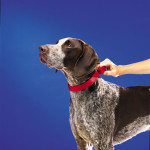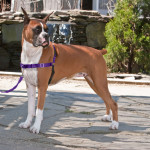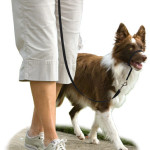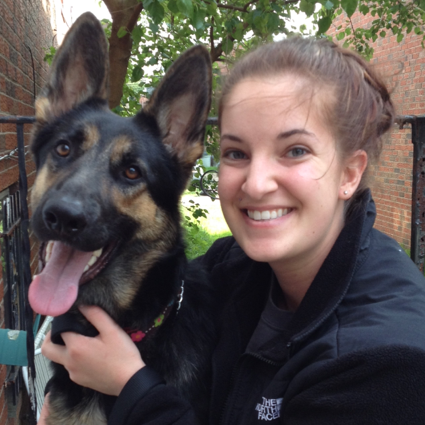
1) If you have a dog who can manage to slip their heads backwards out of a flat collar, this one will tighten up just enough to not allow them to escape.
2) The design of this collar allows a good handle for grabbing your dog in an exciting situation to gently guide them into position. In my situation, I use them if we have a visitor come to the door and I need to hold onto my dogs while I greet said visitor. The beauty of a martingale is that your dog will not be able to slip out of the collar, but the collar never becomes tight enough to restrict your dog’s air supply. Win-win!




